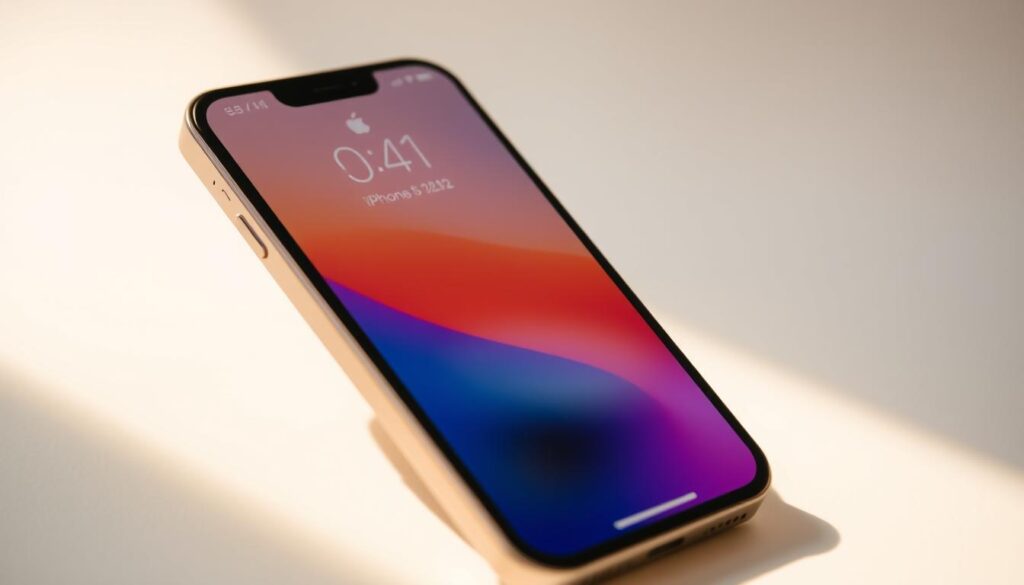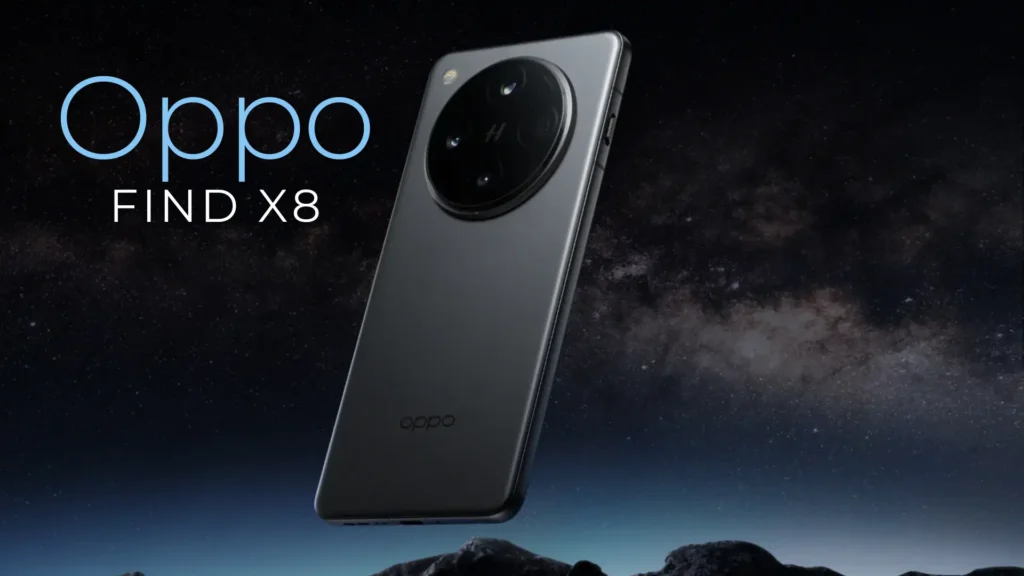Introduction to 5G Speed Test.
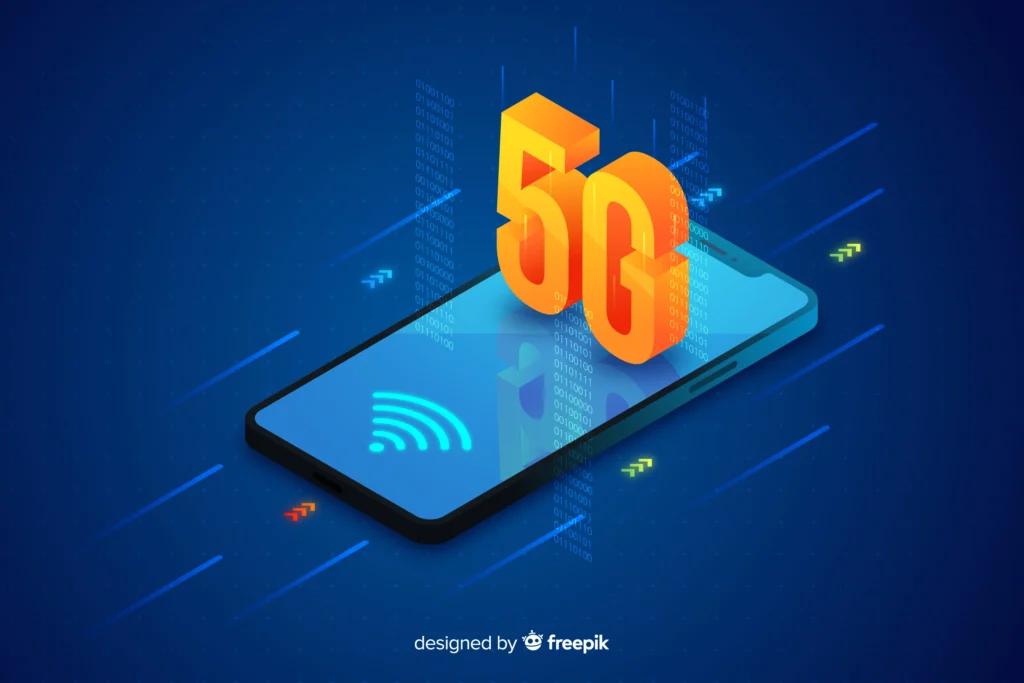
When moving into an age of fiber-optic like connectivity, 5G technology is set to become the next generation of mobile communication standards. Faster speeds, which can revolutionize our experiences connected to the internet, are the ability to provide, it is crucial to test your connection levels. In this article, we will discuss further the nature of 5G networks, give tips on 5G speed test, and brief you on tools like Ookla and performance of big network providers such as Airtel and Jio.
Understanding 5G Networks
5G or the fifth generation of mobile networks renders a big improvement over the fourth generation of 4G as well as the third generation of 3G networks. 5G networks are built with the current increase in demand for data and connection in mind and work with higher frequencies as well as Massive MIMO and beamforming.
Benefits of 5G Over Previous Generations
- Increased Speed: The primary benefit goes without saying, and that is the possibility of attaining practically ten times higher download and upload speeds, at least in idea.
- Lower Latency: With latency starting at 1ms, 5G allows users to game and video conference without having to experience delays.
- Higher Capacity: 5G networks can handle more devices at once, smart cities, ‘ Internet of Things’ applications.
Key Terms Related to 5G Speed Test
Understanding a few key terms can help you interpret your speed test results better:
- Bandwidth: It is that data transfer rate that is achievable only at the best network conditions.
- Latency: The amount of time that data takes to move from the source till it gets to the destination.
- Throughput: The percentage of data transmitted in the sockets actually transferred across the network.
Why Conduct a 5G Speed Test?
Testing your connection is vital for several reasons:
- Performance Validation: Your WLAN provider should offer you the speeds that are indicated to ensure that you get the best.
- Troubleshooting: Kinds of problems are those that become noticeable, such as slow performance or connection-related failures.
- Comparative Analysis: Evaluating the results received from different providers or different locations.
By constant performance measurements such as 5g speed tests you get the much needed assurance that your network is fit for use in tasks such as streaming, online gaming and browsing.
How to Perform a Network Speed Evaluation?
Conducting a speed evaluation is straightforward and can be done in a few simple steps:
- Choose a Reliable Tool: They include – Ookla 5G Speed Test and many other apps which are specifically designed for testing speeds.
- Connect to the 5G Network: Please make sure your device is connected to 5G network for the correct results.
- Close Background Applications: The network access should remain uninterrupted and any applications which take bandwidth should be closed.
- Run the Test: Start the speed test and it takes few moments to make the results, which are download speed, upload speed and latency.
Recommended Tools for Testing

The most widely used tool because of its interactive interface and high level of precision.
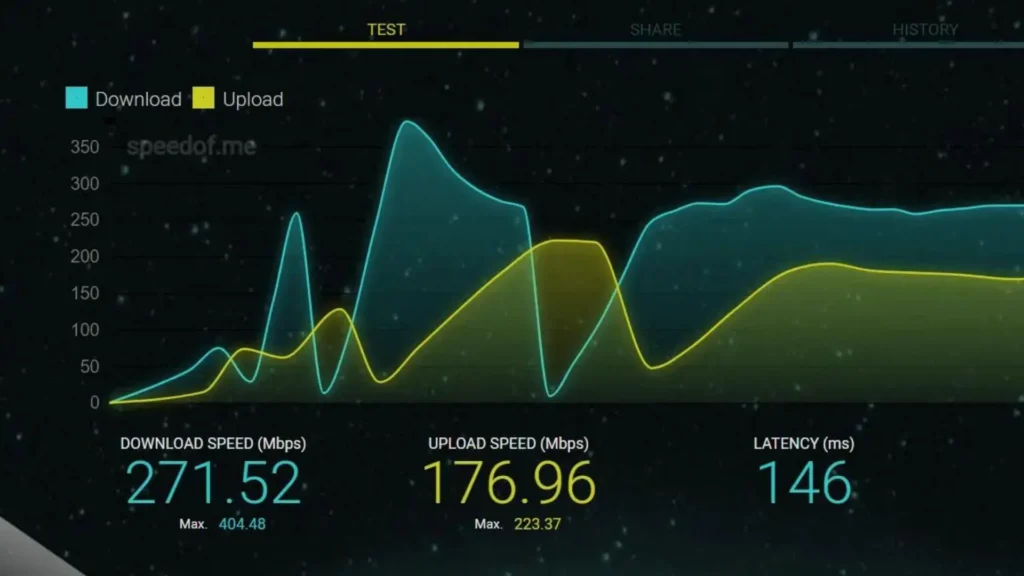
Online bandwidth test for Windows and Mac that supports HTML5 to provide accurate measurement data.
Popular Speed Testing Tools
Here’s a closer look at some of the leading tools for measuring your connection:
- 5G SpeedTest : This tool is dedicated to estimating 5G networks, and the given results consist of download and upload speed, as well as latency. It is aimed at providing a transparent picture of their 5G capacity to the users.
- Ookla Speed Test: Ookla has millions of individuals as users across the globe and boasts of a global server speed test. Its precise findings can enable users comprehend the efficiency of their network relative to other networks in the region.
- Other Recommended Apps
- NPerf: Does not only deliver speed tests but offers quality of service performance indicators as well.
- OpenSignal: Provides user-generated information to help you determine which providers are better in your location.
Regional Insights: Airtel and Jio 5G Speed Tests
Airtel 5G Performance
Airtel had also started its 5G service in several cities in India. There’s never a dull day when it comes to revealing the capabilities of Fiber internet because some users have been known to hit well over speeds 1Gbps under the best circumstances. The current Airtel 5G speed test has shown that Latency is low, and connections are stable hence suitable for those into Gaming and streaming.
Jio 5G Performance
Yet another telecom company which has managed to capture unique attention with its cheap tariffs and expansive network is Jio, which has also been entering the race of 5G. The Jio 5G speed test shows good stability, and many users report connection rates higher than 1 Gbps. Feedback to it points to its effectiveness when used in frequent areas, or areas where there is a lot of traffic.
Comparing Airtel and Jio
A commercial test showed the difference in speed but the difference depends on the availability, congestion of the connection or the compatibility of the device. In order to provide readers with an accurate and personal account of the two internet service providers it is recommended that people make their own Jio speed test and Airtel speed test.
5G Speed Test Checking Regularly
That’s why you should always keep an eye on your connection status. Here’s how you can effectively keep track of your speeds:
- Set a Routine: This is important more so when testing the speed at different times of the day in order to identify periods of peak and off peak speed.
- Track Changes: It will also be useful to keep records of your speed test results in order to see changes over time.
- Use Multiple Tools: It means that the results can be different in various apps, so it is necessary to make several tests.
Troubleshooting Slow Speeds
If you notice that your speeds are consistently lower than expected, consider the following troubleshooting tips:
- Device Compatibility: Make sure that compatible phone is 5G enabled.
- Network Congestion: The web site slows down during peak traffic hours, try using this at different times of the day.
- Router Placement: From the above use of an advance home 5G router, it’s important to ensure that this router is placed at a suitable place to enhance signal strength.
Conclusion
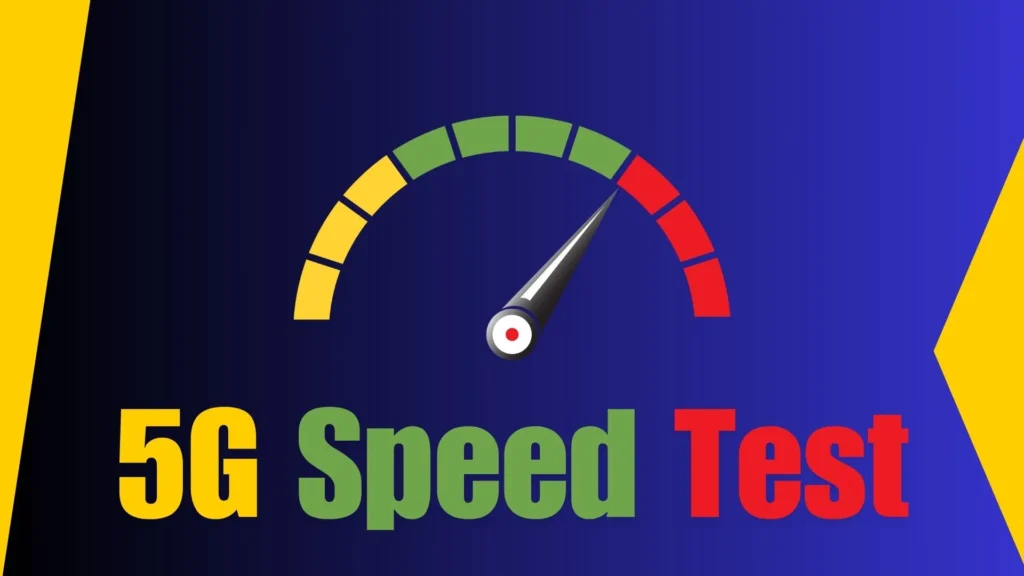
The use of 5G technology has brought about a drastic change on the use of the internet applications for connection. Testing your connection is useful to make sure that you are fully utilizing this great tool. Whether you’re streaming, gaming, or working from home, having a clear sense of your speeds will assist you in solving problems and enhancing your web connection.
With the help of some tools like you can always know about your connection one or another conditions and comparing various providers like Airtel and Jio. You are welcome to provide your 5G speed test statistics in the comments section of the post and discuss the latest technological innovation with others.
Frequently Asked Questions
Here’s a key point to remember when reading about a 5G speed test: It can potentially look very different depending on the site, network load, and frequency band used, such as mmWave or Sub-6 GHz. In summary, the download rates can range from 50 Mbps to over 3 Gbps, in general 5G networks. In order to perform a 5G speed test, you can run a speed test and compare your current internet speeds to the following applications: Speedtest by Ookla or Fast.
The current 5G speed ranges around 150 Mbps to 300 Mbps for many users in the urban areas but some places with the enhanced 5G networking could get more than 1 Gbps. Your carrier, device, as well as the general environment where you use the service affects your actual speed. These speeds are, however, expected to rise with advance in technology in the future as noted above.
For instance, you can test your 5G speed in your locality using various applications like; Ookla Speedtest or OpenSignal. Just install the application on your mobile device, check the connection type and perform a measured speed test. However, you can check your carrier’s website that usually contains information on the coverage and speed and related to the area of your interest.
If you want to know whether 5G service is available in your area, you can go online to your mobile carrier’s site where they often have clickable maps pinpointing 5G. If getting scientific tests done is not possible then apps such as OpenSignal can offer information with respect to network coverage and speed as per the users. It also important to get acquainted with your particular carrier and its offers in terms of 5G networks accessibility in your area.
To date, Jio has provided several plans, which include an unlimited 5G data connection. But certain details can depend on the plan you selected, for example, the speed of the data transfer, or data transfer priority during the congestive traffic time. The info about the plans might be slightly different by now, and it is thus advised to consult the Jio website or call their support line.
Although we do not have the latest commercial 6G network today, countries around the world are conducting research and development. It has been estimated by the researchers that 6G is more likely to appear in roughly about 2030, which would still try to deliver increased throughputs and more complex capabilities than sought by 5G, to include AI interconnection, ultra-reliable low-latency communications, and others.
The first 6G is still under development but it is thought to be capable of up to 100 Gbps or possibly more. This would be a potential major cottage leap over 5G and one may envision the support for application like Holography and Realtime Holography and Realtime Virtual Reality with High definition Graphics.
Although it may be true that 5G has impressive speeds which could be 10-20Gbps it rarely achieves those same figures that fiber offer. Fiber can offer connection speeds up to one gigabit per second and sometimes more, up to ten gigabits in certain premises. One disadvantage 5G has is that cables are not needed, but 5G has the benefit of movement and flexibility enabling fast internet connection.
Basically, 5G is regarded as better than LTE because of the ability to support faster speed, lower latency and larger capacity. LTE has capability to reach speed up to 100 Mbps, whereas, 5G has speed over 1 Gbps at its best. Furthermore, 5G networks are expected to control more devices at a time, which is useful in the regions where there are numerous numbers of people.
Of course, it is possible to enjoy gaming through 5G since it is characterized by low latency and, therefore, high speed. It reduces a lot of lag which could be useful for real time multiplayer games, which makes it suitable for gamers. In the same manner, there is a limit of bandwidth space for downloads and updates that in the long run improve gaming.


